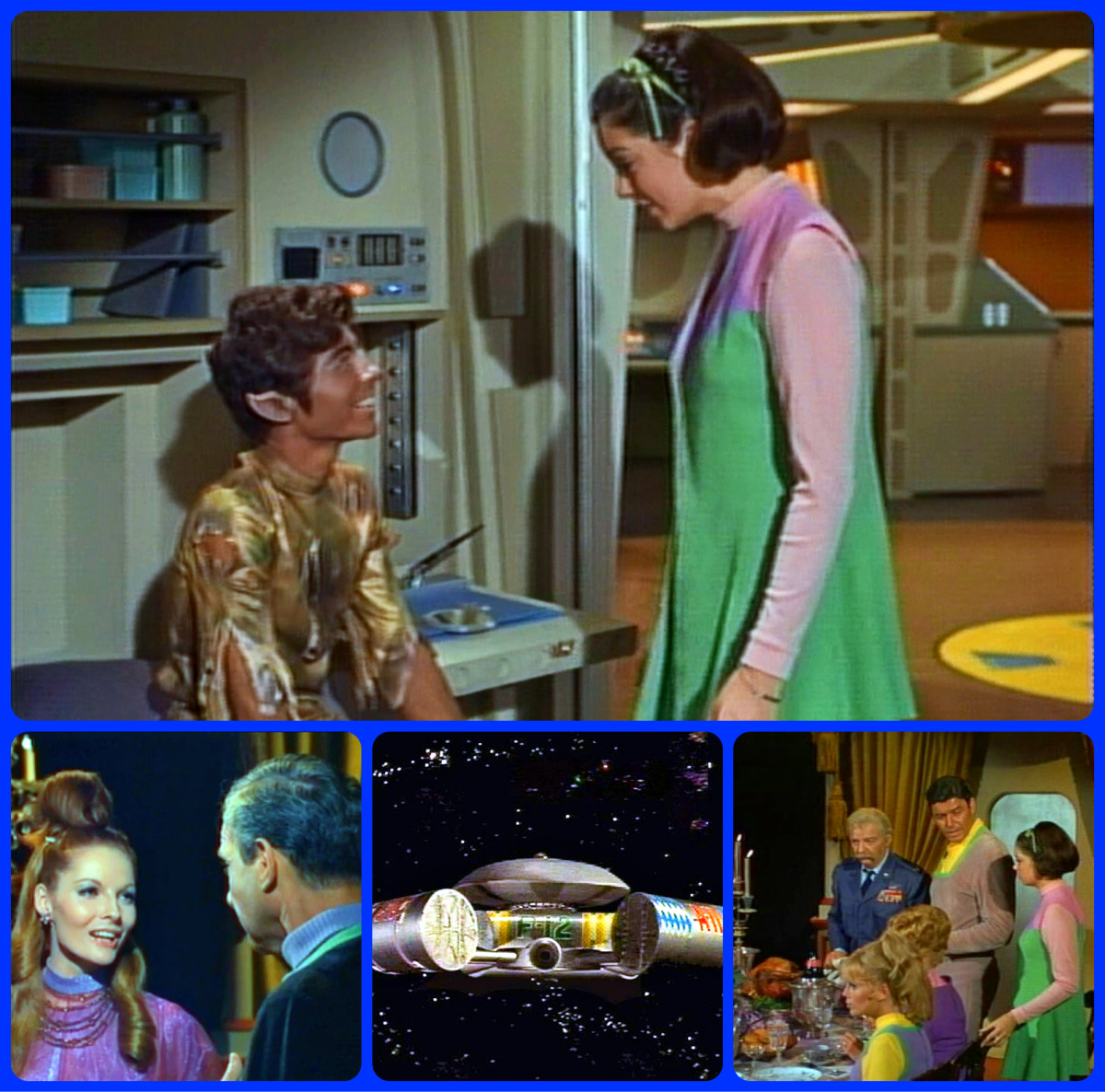'The Trial': Reading through Catch-22 with the Bleary Eyes of a Modern Man Lost in the Contemporary Condition

“The Trial”: Reading through Catch-22 with the Bleary Eyes of a Modern Man Lost in the Contemporary Condition
Yossarian. Surely, such a name does not exist or cannot possibly even have a right to do so. What a name, even thinking of it!
Really, James Heller’s Catch 22’s hero or ante-hero is something that no one else could have dreamed of but a modernist and at that, a sadist, a righteously cynical one. In fact, during the rudimentary monologues of characters like Colonel Cathcart, Captain Black and Major Major that make the novel a swashbuckler, it all involves them questioning the almost dreamlike existence of man with a name like that. Yossarian: a character that the author did tribute to by writing Closing Time, his 1992 Catch-22's reprisal, and did not fail to add in the latter book’s paperback introduction that his major creation will never die in his own hands but in another’s.
So much for James Heller. So much for us the readers who have to keep our ribs on hold tickled by many trials within the book, poignantly metaphysical, where a character asks ‘who is’ that stepping on his feet while a court martial is going on. That alone, if it does not give a hint of how boring, pettish and deviating the great book is, will at least show the unnervingly deviating, confusing and demeaning madness of modern life as a whole.
Surely, there is no other work of modernism that catches the reader’s attention on the round and round way of contemporary life than Catch-22. Exceptions include the best, according to me: Samuel Beckett’s writings (Waiting for Godot included), James Joyce’s curt-at-life mammoth-Ulysses-and the prince of them all, The Trial, by Franz Kafka.
Speaking of ‘The Trial…’
Comparison with Kafka’s ‘The Trial’
Can one read through Catch-22 without thinking of The Trial, especially where trials take place in shadowy, immaterial conditions, some of which without any relevancy at all? Perhaps not, would be the judgment of many deep readers. Here are just a few parallels that will help kindle some instances of plot morbidness as to why these two great novels are sisters in law in the humor of the surreal:
Case No 1: in that very moodily hilarious scene where the Chaplain is apprehended by Colonel Catchcart’s team following the deaths of some of the best officers in a raid that was meant just to add missions to an already bloated mission count in the squad, and where Yossarian vows never to fly again, the cleric finds himself in a dark cellar. Just like in The Trial, where Joseph K creeps his way into the shadowy attic of a painter called Titorello, here the chaplain is in a subterranean chamber with equally shadowy officers questioning him for crimes he did not commit. In both cases, the question of innocence becomes supreme but the prosecutors waive it aside because there is always an interjection as to how best to qualify innocence in the eyes of the sly law. In both books, both defendants are awash in sins that carry high guilt but none of them can relate to because they believe within their conscious lives that they did not commit them.
Case No 2: Yossarian is arrested in an early scene where the judge tramples upon someone but none acknowledges he is the one who is being trampled upon. It being a material precondition that surely someone must have been stepped upon, it becomes nonsensical and even a little strange that no one will own it up. Why, because apart from the main trial, there are always so many other distractions in Catch-22, that can make the distraction count in favor or against the main trial going on. This parallels the many entreaties of various legal personnel in Kafka’s The Trial, who show just how K can amass more speed towards conviction or release by distracting the judge with personal liking of himself, like recommending himself to a friend of the judge, like the painter, Titorello, or his personal lawyer who knows a prominent director who in turn also has familiarity with the judge.
There is also the methodology that the two books follow towards resolving conflicting issues especially where those issues, almost all the time, are really neck-deep in the mire of unreality. For example, in Catch-22, we find that the best way that Yossarian can ensure nobody else lives with him in his tent in the Allied Forces' island in northern Italy is to fancy up a dead general in his tent. References of a dead general living with him are so matter of fact that the reader ends up believing, somehow, that actually one can contrive a way to settle side by side with a mummy. The catch here is that in a bureaucratic system such as the Allied Army, even a bag of an officer missing in action, which is what stays in Yossarian’s tent, can refer to a person living there until the system decides otherwise.
We are similarly forced to suspend our disbelief in Kafka’s The Trial, when we learn that K, one fine morning, is arrested for nothing at all. We also accept by lying to ourselves that it will all clear up in time, that the court must have mistaken him for another even as he goes into court on a Sunday morning. We are still in this state of easy anticipation of mistaken identity even when it reaches a point that K dismisses his lawyer and initiates preparations for his own legal brief even as he jeopardizes his banking job. Why all this protracted suspension of disbelief? It is because we believe that one way or another the law is a clever animal and one can always find himself caught up in it even as an unwilling victim in its snares.
And this reminds one of the metaphysical connections in Catch-22….
Metaphysics: Looking Above with Appealing Eyes
The name God is used a lot in Catch-22 because in wartime it is only inevitable to pray and look for divine intervention. Side by side with the prayers are the meditations of unqualified atheists including Yossarian who denounce Him.
There is the major issue of missions getting raised every time Yossarian’s squad reaches the magic number. At the start of the book, forty missions were all one needed to go home to sweet America. Before long it becomes fifty and within a few pages more they are now 60 and then 70. It appears that the more the men want to go home, the more the politics of hierarchy play on inside the upper echelons of the army and Yossarian’s chief, Colonel Cathcart is at the height of his self-complacency. He does not want to be outnumbered and keeps adding the missions thus earning himself the title of ‘de facto main antagonist.’
The metaphysical ingrain here is that no matter what, war is endless. In fact, war has never ended since time immemorial. Take a look around the world today and you will find that colonel Cathcart, Dreedle and Peckham were subconsciously right at persecuting their men with missions. It need not be a world war, but just terrorism and other guerrilla tactics and it is all happening.
Catch-22, in itself is a metaphysical novel of the modern condition. You have to be crazy for the system to release you. It is just like in the workplace: no boss will discharge you before time if you do not have a sick leave certificate with you with a real signature from not just any doctor but an approved medic. In fact, one of the major quarrels of Yossarian with the higher officers is that he was too sane-that is productive-to be sent home. He feigns to be somebody else in a military hospital but the Military Police (MPs) instead release the persons he had purported to impersonate: apparently by mistake! He is the one who was supposed to go but the person whose name he took believing he was sicker than him got his share instead. In a similar case, they had to ‘disappear’ Dunbar, surely one of the most reasonable characters in the book, for posing a threat to the system by being too intelligent, apparently within the same hospital. And who distracts Yossarian from knowing that his companion is about to disappear? His fleeting lover, Nurse Deckett! She calls him to inform him of the threat on Dunbar only to find him gone by the time he returns. Note the irony.
Milo is the metaphysical representation of a man worshiped for his mental smartness and equally for good and evil. His is a caricature of the total businessman or man of power who finds it not hard to cheat his bank or customers and get more money or even act as a stooge for Germans by bombing his own squad to receive millions from the Axis side in order to pay his Egyptian cotton debt.
And so, isn’t reading Catch 22, like The Trial, a look into life with hilarious but bleary eyes?








